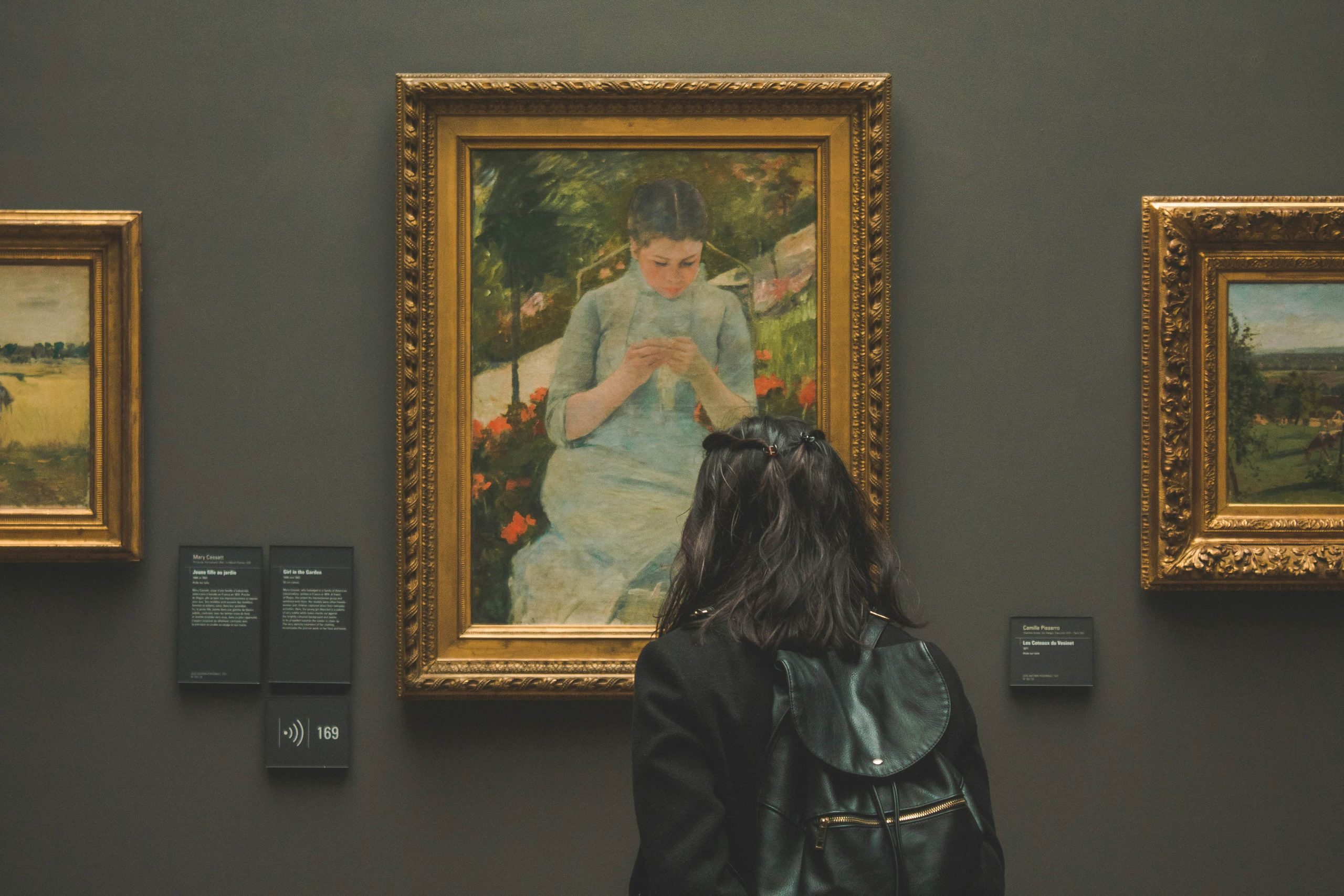
09 Oct Legal Aspects of Showcasing Art Collections
Disclaimer: The information provided in this article is for general informational purposes only and does not constitute legal advice. While we aim to provide accurate and up-to-date information, laws and regulations regarding art collections, intellectual property, and exhibition practices may vary based on jurisdiction and specific circumstances. Readers are encouraged to consult with a qualified attorney or legal professional for advice on particular legal matters related to showcasing art collections. The author and publisher assume no liability for any actions taken based on the information provided in this article.
The Legal Side of Art Exhibitions: A Comprehensive Guide for Collectors
In recent years, showcasing private art collections has become an increasingly popular trend. Collectors are more inclined to share their treasured artworks with the public, whether through exhibitions, galleries, or digital platforms. However, before embarking on such endeavors, it is crucial to understand the various legal considerations involved. Navigating the legal landscape ensures not only the protection of the artworks but also compliance with laws and respect for the artists’ rights.

Copyright and Moral Rights
Copyright Protection for Artworks
Artworks are protected under copyright law, which grants the creator exclusive rights to use, distribute, and display their work. Copyright ownership typically resides with the artist, unless transferred or sold. It is essential for collectors to understand the scope of these rights, especially when planning to showcase the art publicly.
Moral Rights of Artists
In addition to copyright, artists possess moral rights that safeguard their personal and reputational interests in the artwork. Two primary moral rights include:
- Right of Attribution: The artist’s right to be credited for their work.
- Right to Object to Derogatory Treatment: The artist’s right to prevent any distortion, mutilation, or other modifications that could harm their honor or reputation.
These moral rights remain with the artist even if the physical artwork or copyright is transferred, making it imperative for collectors to honor these rights during exhibitions.
Ownership and Provenance
Establishing Ownership
Before showcasing any artwork, it is vital to establish clear ownership. This includes having all necessary documentation proving the collector’s legal right to possess and display the artwork. Proper ownership records help prevent legal disputes and potential claims from third parties.
Importance of Provenance
Provenance refers to the history of ownership and authenticity of an artwork. Verifying provenance not only adds value to the artwork but also ensures that the piece is not involved in illicit trade or theft. Collectors should conduct due diligence, including:
- Reviewing Acquisition Documents: Ensuring the legality of how the artwork was acquired.
- Consulting Art Experts: Engaging professionals to authenticate and verify the artwork’s history.
Legal Issues with Stolen Art or Forgeries
Dealing in stolen art or forgeries can lead to severe legal consequences. It is essential for collectors to be vigilant and thorough in verifying the authenticity and legal ownership of the artworks they acquire and exhibit.

Loans and Exhibitions
Loan Agreements
When artworks are loaned for exhibitions, both lenders and borrowers must enter into detailed loan agreements. Key considerations include:
- Insurance: Coverage for loss or damage during transit and display.
- Transportation: Safe and secure methods of moving the artwork.
- Security: Adequate measures to protect the artwork at the exhibition site.
- Risk of Damage: Clear protocols and responsibilities for handling potential damage.
International Exhibitions
For exhibitions outside the home country, additional legal considerations arise, such as:
- Customs Regulations: Compliance with import/export laws.
- Cultural Property Laws: Adherence to international treaties and local laws protecting cultural heritage.
Intellectual Property and Publicity Rights
Trademarks and Copyrights
Trademarks and copyrights might apply to specific aspects of displaying artwork, especially when the artwork incorporates recognizable brands or proprietary designs. Collectors must ensure they are not infringing on any intellectual property rights during exhibitions.
Right of Publicity
The right to publicity protects individuals depicted in artworks from unauthorized commercial use of their likeness. Collectors should be mindful of these rights, especially when displaying portraits or artworks featuring identifiable individuals.

Conclusion
Understanding the legal aspects of showcasing art collections is crucial for protecting both the artworks and the rights of the artists. By addressing issues such as copyright, moral rights, ownership, provenance, and loan agreements, collectors can ensure lawful and respectful exhibitions. For comprehensive legal advice, consulting with an art lawyer is highly recommended to navigate these complexities and safeguard the integrity of the art and the collection.
Key Takeaways
Copyright and Moral Rights |
|
| |
Ownership and Provenance |
|
| |
| |
Loans and Exhibitions |
|
| |
Intellectual Property and Publicity Rights |
|
| |
Conclusion |
|
|
Disclaimer: The information provided in this article is for general informational purposes only and does not constitute legal advice. While we aim to provide accurate and up-to-date information, laws and regulations regarding art collections, intellectual property, and exhibition practices may vary based on jurisdiction and specific circumstances. Readers are encouraged to consult with a qualified attorney or legal professional for advice on particular legal matters related to showcasing art collections. The author and publisher assume no liability for any actions taken based on the information provided in this article.
FAQs
What are the key legal considerations for showcasing private art collections?
Collectors must address copyright and moral rights, establish clear ownership and provenance, secure detailed loan agreements, and comply with intellectual property and publicity rights. Understanding these aspects ensures lawful and respectful exhibitions, protecting both artworks and artists’ rights.
How can collectors verify the provenance of an artwork?
Collectors should review acquisition documents, consult art experts for authentication, and ensure the artwork is not involved in illicit trade or theft. Proper verification of provenance adds value to the artwork and prevents legal disputes over ownership and authenticity.
What should be included in a loan agreement for art exhibitions?
Loan agreements should cover insurance for loss or damage, secure transportation methods, adequate security at the exhibition site, and clear protocols for handling potential damage. For international exhibitions, compliance with customs regulations and cultural property laws is also crucial.
Find out how collaborative projects can expand your artistic horizons, bring a sense of unity to the art world, and create lasting positive impacts on both individual artists and the community as a whole.

